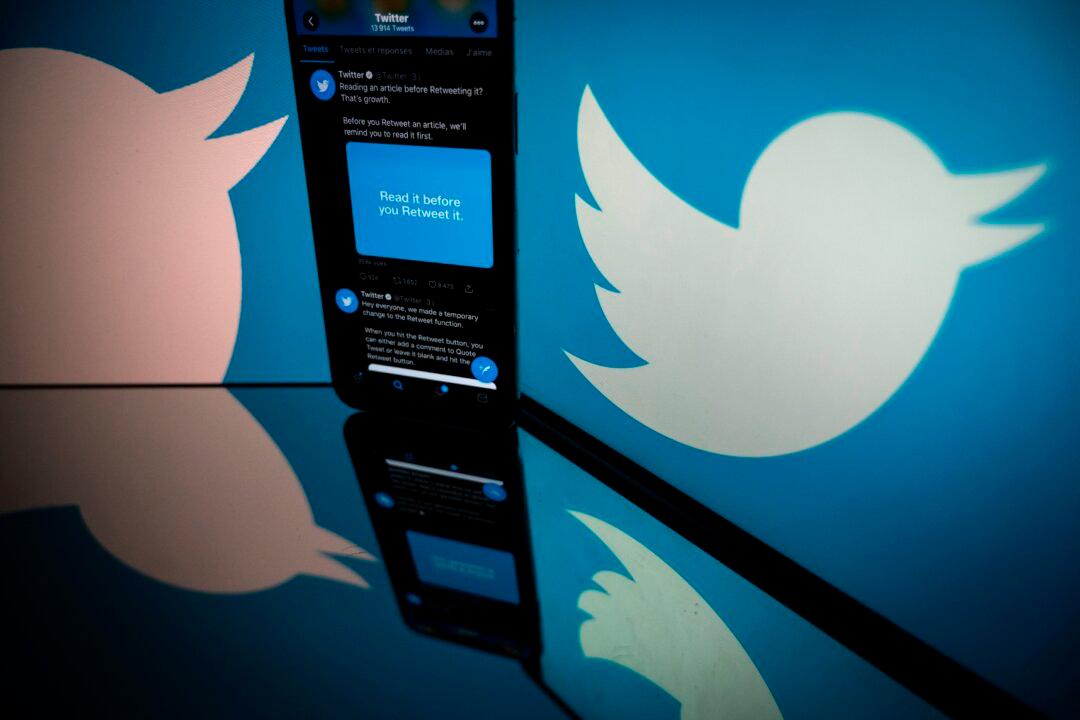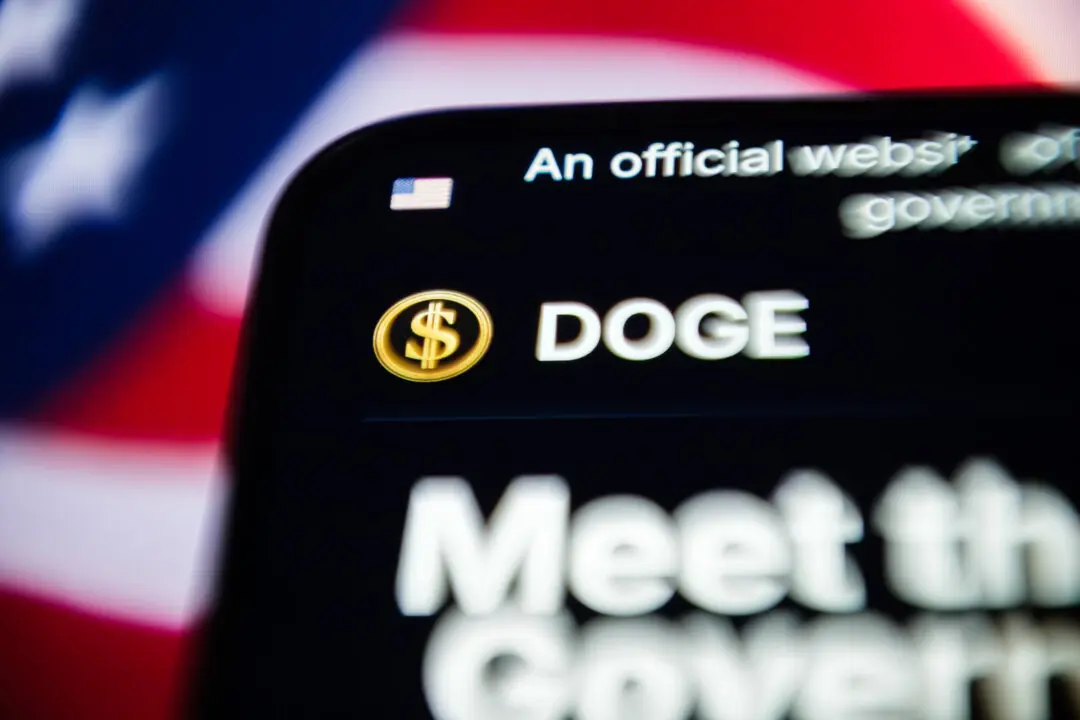Twitter has announced it is testing a feature that lets people report tweets they think are misleading, with the company saying it’s looking for the input thus received to help it scale up and accelerate its “broader misinformation work.”
The new feature is being tested in the United States, South Korea, and Australia starting Aug. 17, the company said in a series of tweets.





